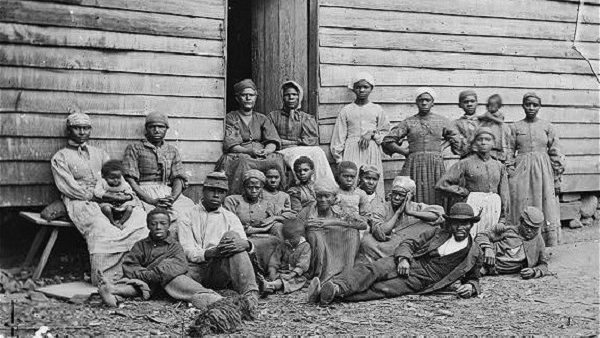
Throughout the 400 years of chattel slavery (1400s-1800s) generations of enslaved Africans were forced to endure dehumanizing exploitative labor and abuse for life. Days were filled with grueling work and service that continued with no end in sight, yet these people though going through physical, mental, and emotional trauma found a way to live on. The historical objects enslaved Africans used from the beginning to the end of slavery not only help us understand what their experiences were but how they were able to remain hopeful amidst the despair. Cowrie shells, a valuable currency brought from West Africa to the colonies through the middle passage, served as protective talisman against slavery. The cabin from Point of Pines Plantation in South Carolina became more than a sleeping quarters for the enslaved but a tangible way to form families and build community. The drill bit of an enslaved yet esteemed blacksmith shows the promise of something more than degrading field work. Lastly, the pulpit Bible of P.W Pennington shows the hope in a higher power that lifted the spirits of enslaved African people the the light of an immortal hope. When learning about these objects we are called to understand them in the context of people whose bodies were bound to slavery but whose hearts reached for the hope of freedom, teaching us what the foundation of resistance stood on.

